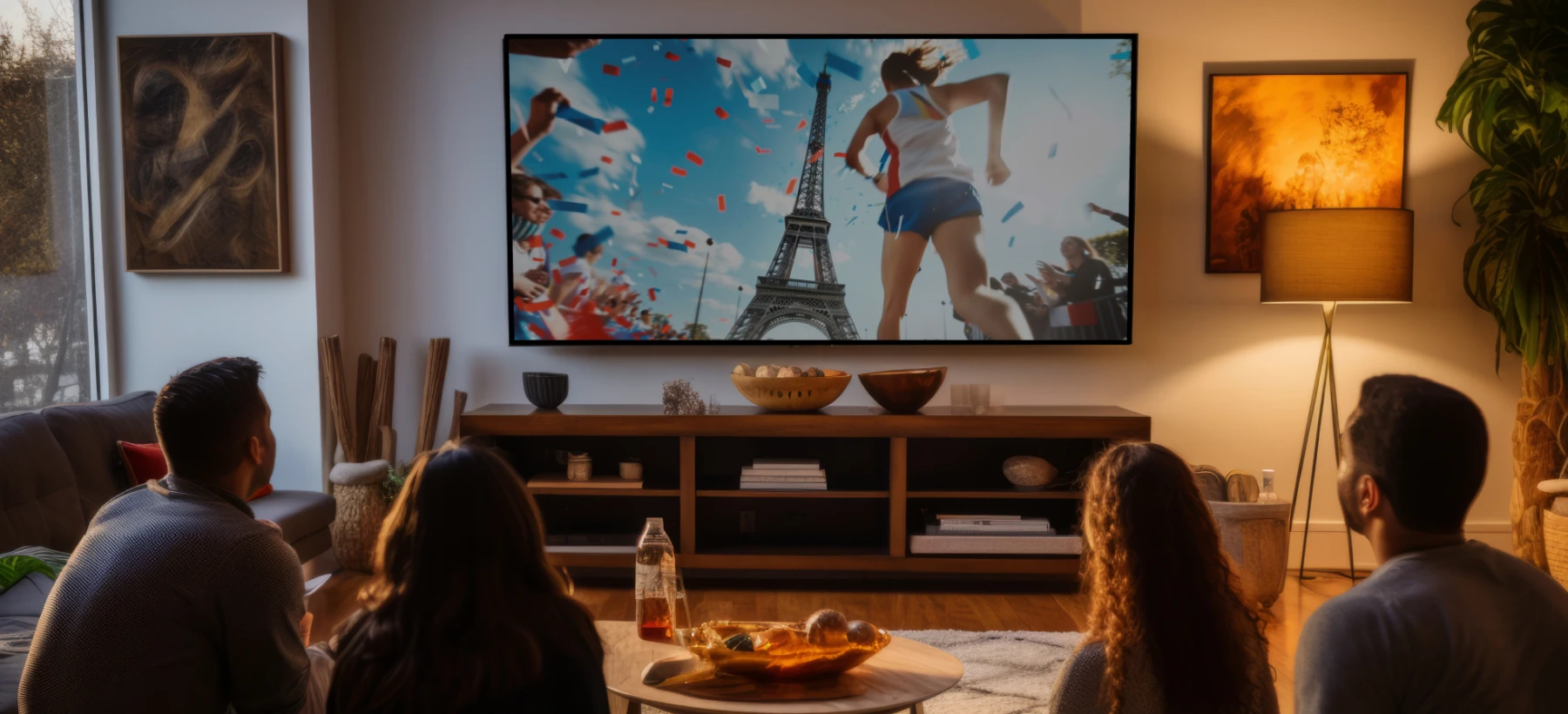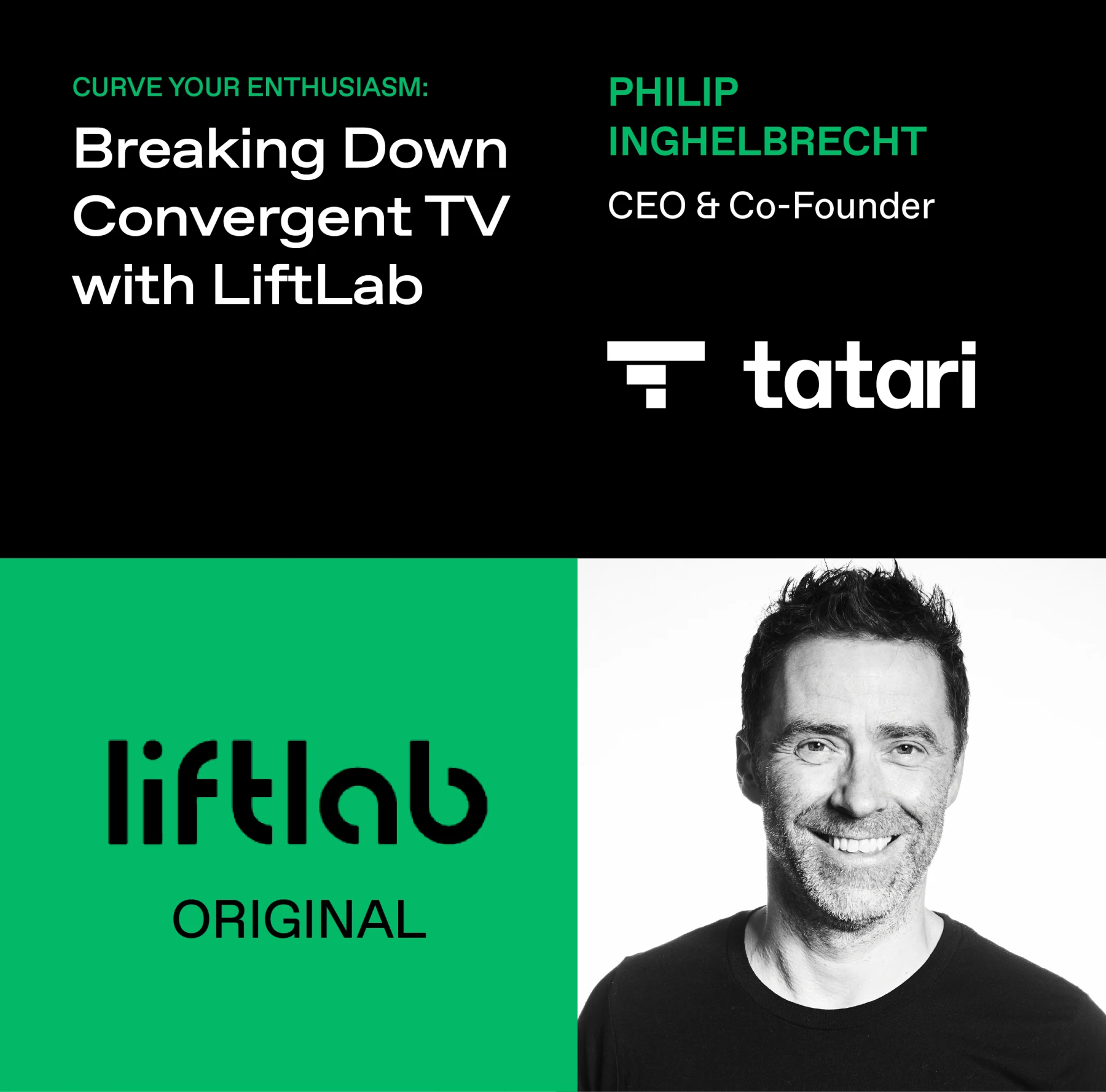
Should Your Brand Advertise During the Olympics? Crafting Your Gold Medal Strategy
With millions of eyes expected to tune into the games this year, brands are likely wondering if they should advertise during the Olympics. While the Summer Olympics are an unmatched viewership event that comes around only every four years, the answer isn’t cut and dry.
The decision to participate in the Olympics ultimately comes down to the advertiser’s goals. In other words, brands need first to envision their ideal outcomes of a gold medal campaign and then see if the Olympics can make that dream come true.
More people intend to watch the Olympics in 2024
Viewership for the 2024 Olympics in Paris is expected to be significantly higher than three years ago in Tokyo. This increased interest is partly due to the more favorable time difference between Paris and the U.S., which allows for more live viewing opportunities during convenient hours. Additionally, the rescheduling of the Tokyo Olympics due to COVID-19 led to some athletes not participating, which negatively impacted viewership.
According to the Ipsos survey, 98% of avid Olympic fans and 88% of casual Olympic fans intend to watch the Paris games, an increase from the previous one.
NBC is also heavily promoting the games, tapping into well-known celebrities like Paris Hilton and Snoop Dog to promote the Olympics both leading up to the games and also during the games to help draw more viewers across all demos.
The Paris Olympics opening ceremony is expected to be a spectacular 4.5-hour event, with the first ever commercial-free hour on NBC, featuring onscreen logo messaging from major brands like Coca-Cola, Delta Airlines, and Toyota.
Based on how sporting events have been driving viewership over the past two years and the more time-friendly location, we expect viewership for the Opening Ceremony to be much closer to the Beijing and London games than what we saw in Tokyo.
The Olympics boast a uniquely balanced viewership base, with 174 million fans split practically down the middle between male and female viewers. Meanwhile, new sports like breaking and kayaking are likely to attract younger viewers, joining other relatively new Olympic additions like climbing and skateboarding.
In short, it’s a quick and easy way to reach all kinds of consumers at scale. However, the Olympics are no longer solely the domain of billion-dollar multinational brands. With more affordable pricing than ever before, it’s feasible for DTC brands to buy their way into the games with digital ads and TV.
TV advertising strategies for the Olympics: Brand Awareness and Performance
Most advertisers have a branding objective for campaigns during the Olympic games, using the halo of being associated with the Olympics and the other sponsoring brands to build awareness and credibility. For instance, a smaller brand that is not already a household name will realize a huge branding benefit by advertising alongside the likes of Visa, Coca-Cola, Samsung, and AB InBev. Viewers who see ads for a small brand will now associate that brand on a level with bigger advertisers, which will impact long-term performance and conversion rates.
With Tatari's direct access to the publisher, the barrier to entry is now lowered to $500K, whereas previously, brands needed millions of dollars to secure a spot in the Olympics. This accessibility allows more brands to leverage the immense reach and prestige of the Olympic Games to elevate their visibility and credibility.
However, if a brand's primary goal is to drive direct performance, the Olympics might not be the right fit due to the high CPMs, often exceeding $50. These costs can make it challenging to achieve immediate, conversion-driven results. Instead, brands with a focus on direct performance might consider alternative advertising opportunities that offer more cost-effective solutions for achieving their immediate marketing objectives.
Tatari offers both direct and programmatic buying options for the Olympics, each with its own advantages:
Direct Buys: These require a minimum commitment and offer guaranteed delivery. The CPM ranges from $40 to $60, ensuring that brands get their desired reach and impact.
Programmatic Buys: For brands that prefer not to commit to a minimum spend but still want to gain exposure, programmatic options are available. The floor bid ranges from $27 to $34. Additionally, fans of contextual targeting can benefit from CPMs ranging from $11 to $21. This flexibility allows brands to participate in the Olympics with more budget-friendly options while still achieving significant exposure.
Maximizing Olympic Campaigns: Full-Funnel Strategies and Last-Minute Participation
The 2024 Summer Olympics in Paris is set to offer unparalleled opportunities for advertisers, not just through traditional channels but also through programmatic advertising. According to Digiday, programmatic options are opening up the Olympics to a wider range of brands, allowing for more precise targeting and flexible ad buys.
One of programmatic advertising's significant advantages is its real-time adaptability. Brands can adjust their campaigns on the fly, ensuring they maximize their reach and impact. This is especially crucial during the Olympics, where viewership patterns can change rapidly. If traditional ad spots are not secured, programmatic ads can fill the gaps, providing continuous brand presence throughout the games.
To further enhance full-funnel strategies, brands can implement advanced technologies like Automatic Content Recognition (ACR) and retargeting techniques:
Automatic Content Recognition (ACR): ACR technology, integrated with Smart TVs, identifies users who have seen or heard your ads. This allows programmatic buyers to increase ad frequency for additional impact or exclude past exposures for incremental reach. By leveraging ACR, performance marketers can effectively increase the frequency or incremental reach through more affordable OTT and Online Video Private Marketplace deals. Advertisers have access to one of the largest ACR viewership data directly integrated into the Tatari ad platform.
Retargeting (RTG): Retargeting enables brands to identify users who have visited their site or taken specific actions in the sales cycle after seeing streaming ads. For example, if a brand notices a spike in traffic following a major Olympic event like the Men’s Basketball Finals, retargeting can help re-engage those users by targeting site visitors, thereby increasing the likelihood of driving lower-funnel conversions.
As one may conclude from the above, achieving a Gold medal as a TV advertiser in the Olympic Games has gotten easier - lower spending, various ways to execute media, and various follow-up strategies. The same can’t be said for athletes; their bar for gold is increasingly higher, which makes watching the games ever so exciting.

Vicky Chang
I love helping businesses grow.
Related
How to Maximize TV Ad Profits with BYLT's Spencer Toomey and Greg Kalin of Tatari
Dive into the DTC podcast featuring Spencer Toomey from BYLT and Greg Kalin of Tatari. In this podcast we discussed Spencer's shift from paid social and search to embracing TV advertising.
Read more
Generate Successful Media Plans with Tatari’s AI-Powered Planning Engine
Our AI-powered Planning Engine tool helps brands and agencies build TV media plans with unprecedented speed, accuracy, and comprehensiveness.
Read more
Breaking Down Convergent TV with LiftLab
Discover the current state of TV advertising and the emergence of TV streaming on a recent episode of Curve Your Enthusiasm with LiftLab and Philip Inghelbrecht.
Read more


